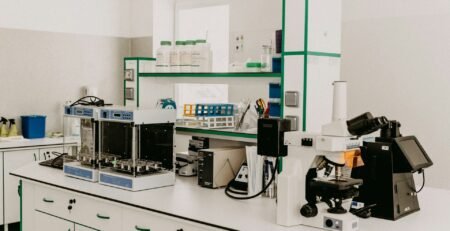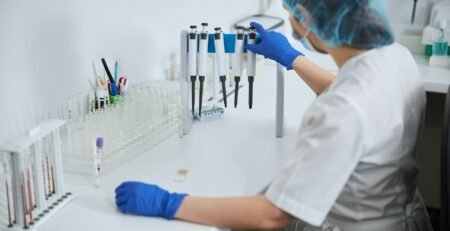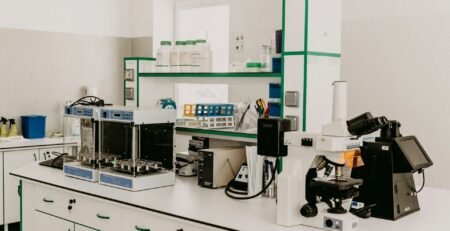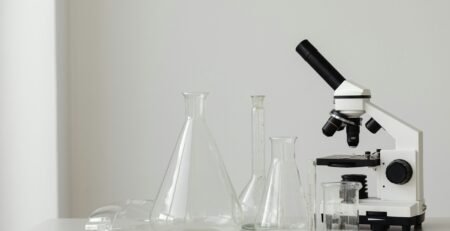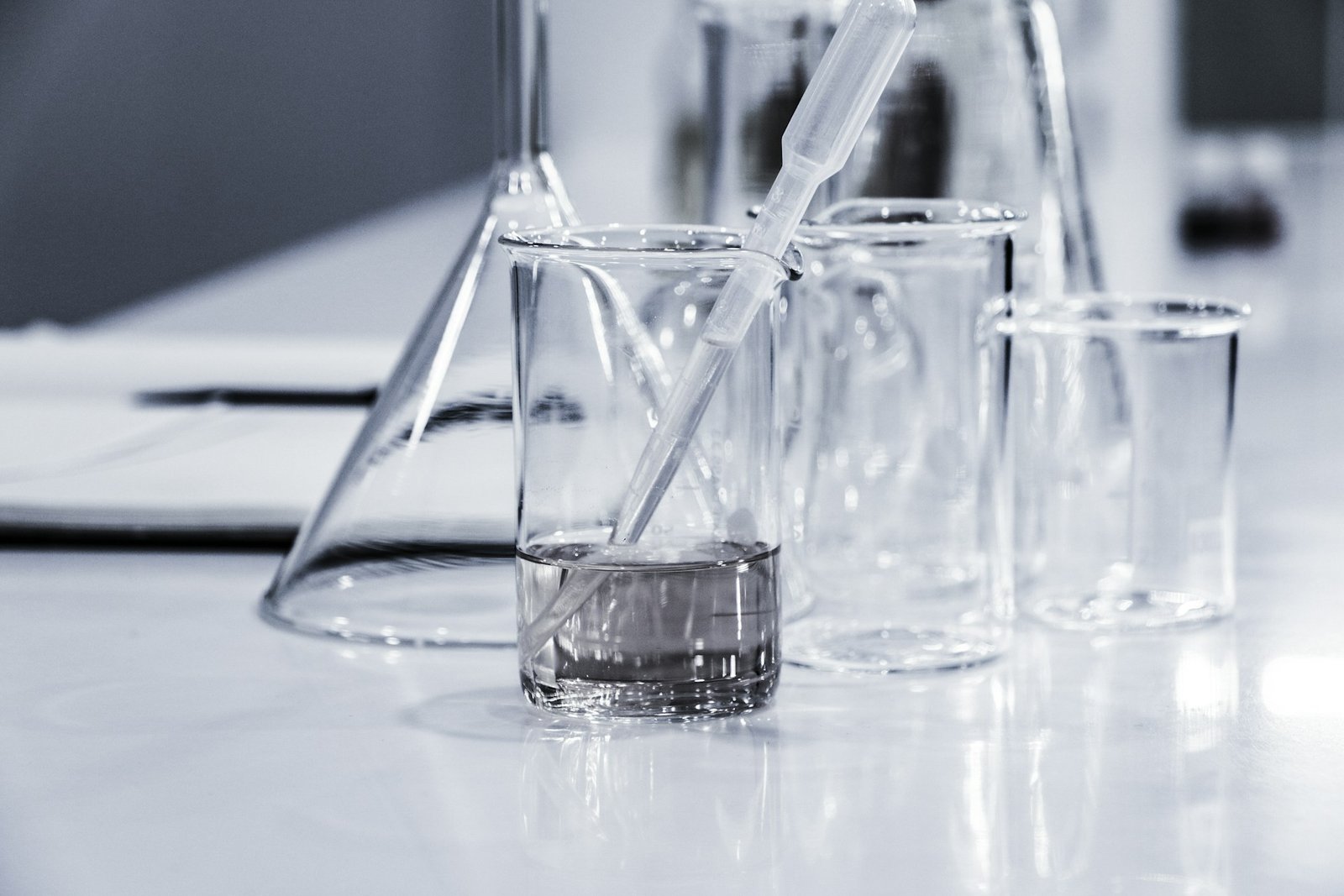
2
Nov
Liquid Transfer Problems? Check Your Laboratory Pipettes
When a liquid transfer feels off—too slow, not enough volume, or just plain frustrating—the pipette is often a quiet suspect. It can be easy to blame the sample or the technique, but in many Australian labs, especially as things ramp up heading into summer, it’s often the equipment.
Small issues with laboratory pipettes in Australia tend to sneak in over time. A tiny leak here, a sticky plunger there, and suddenly everything feels harder than it should. The good news is that these problems are often fixable. Before gearing up for another season of heavy sample work, it’s worth taking a minute to check the tools we rely on most.
In this post, we’re walking through common pipette problems, showing how simple habits can catch many of them early, and sharing a few signs that it’s time to stop troubleshooting and look for a replacement. If your current setup leaves you guessing every time you press the plunger, you’re in the right spot.
What Goes Wrong When a Pipette Isn’t Performing
Even when a pipette looks fine on the outside, small internal issues can throw your whole process out. Most of us notice the big things—a stuck plunger or a pipette that won’t draw liquid. But small quirks often go unnoticed for a while. Here are some of the quiet culprits:
– If a seal starts weakening, you might get air bubbles, drips, or inconsistent pulls. That tiny leak can throw off volumes without making a sound.
– Friction-based seals or sliding parts that feel stiffer than usual can slow down your workflow and mess with timing in sensitive tests.
– Volume settings may look correct, but slight wear or misalignments inside the pipette can affect what’s actually being delivered. You might not notice at first until your results look different from last time.
It doesn’t help that some of these shifts happen so gradually. One week the pipette is fine, and the next it’s just not. But if more than one person is using the same tools, or if they’re being used every day, that change can come fast.
LabChoice Australia supplies single and multi-channel laboratory pipettes in Australia that feature reliable seals and easily readable volume adjustments suited for accurate work in school and professional labs.
Good Lab Habits That Keep Pipettes Running Smoothly
Like most things we use regularly, pipettes do better when they get looked after. Some habits take only a few seconds but can help things run cleanly and predictably.
– Rotate pipettes when possible. If the same one is used the entire week, it sees more wear than others. Sharing the load can slow down damage.
– Always store pipettes upright when not in use. Laying them on their side or with liquid inside can let residue creep into places it shouldn’t.
– Build weekly seal checks and tip inspections into your normal routine. A little time spent catching gunk or loosening parts early can save a re-test.
In busy weeks, especially leading into December, it’s easy to let these small steps slide. But that’s often when we’re handling more samples, not fewer. Making time for these checks even between tasks can keep things smooth during the busiest runs.
Signs It’s Time to Service or Replace Your Lab Pipettes
There comes a point when quick fixes won’t cut it. If any of these sound familiar, your pipette might be past its best.
– You’re getting different results from the same sample depending on who’s doing the pipetting. This can mean the plunger or seal has uneven wear.
– The plunger sticks, grinds, or feels like it’s getting caught halfway down. That grit often means debris or internal wear that can’t be fixed by cleaning alone.
– You recalibrate and it still feels off. If readings continue to drift or feel inconsistent, there may be something deeper affecting the volume control.
We don’t always expect pipettes to last forever, but sometimes they hold on just long enough that we forget how accurate they used to be. When tools start slowing you down or adding doubt, it’s worth thinking about the upgrade before results are affected.
Why Local Conditions and Use Matter
In warmer months, pipettes might need a bit more attention. Australian lab spaces heat up quickly around this time of year, often without us noticing. That warmth can dry out rubber seals or shift how materials behave, especially if the pipettes are stored near windows or vents.
Shared tools are another factor. In teaching spaces or high-traffic research labs, equipment bounces between users with different habits. Plungers get pushed harder, tips may be twisted more roughly, and precision settings can be left off-kilter. While this isn’t anyone’s fault, it does mean the wear and tear adds up faster.
If restocks are on your to-do list, consider checking your supply of laboratory pipettes in Australia as you plan for summer. Getting ahead on replacements or maintenance now means you can start the next phase with more confidence and fewer surprises.
LabChoice Australia provides pipette stands and disposable pipette tips, making it easier to maintain a rotation and keep your equipment in top shape through seasonal workload changes.
A Better Lab Day Starts with Better Transfers
Good pipettes don’t make themselves seen—they just work. Every transfer feels consistent, steady, and clean. That’s why we notice so quickly when something changes. If you’re second-guessing the tool every time you draw liquid, it’s time for a closer look.
A functioning pipette gives us more than accurate volumes. It gives peace of mind. Smooth handling lets us move through tasks faster and with fewer errors. By staying a step ahead with cleaning, sealing checks, and retirement plans for ageing models, we can keep our workflow tight no matter how busy things get, especially as the projects pick up this season.
Small issues during liquid transfers can be easy to miss, especially when things get busy in the lab. We’ve seen how worn parts in high-use tools like pipettes can throw things off without much warning. If you’re thinking about restocking or just want to check that everything’s still running smoothly, it’s a good time to review your gear. Our range of laboratory pipettes in Australia is built to support steady, reliable results across all kinds of work. If you’d like a hand deciding what fits best, just reach out to LabChoice Australia.

